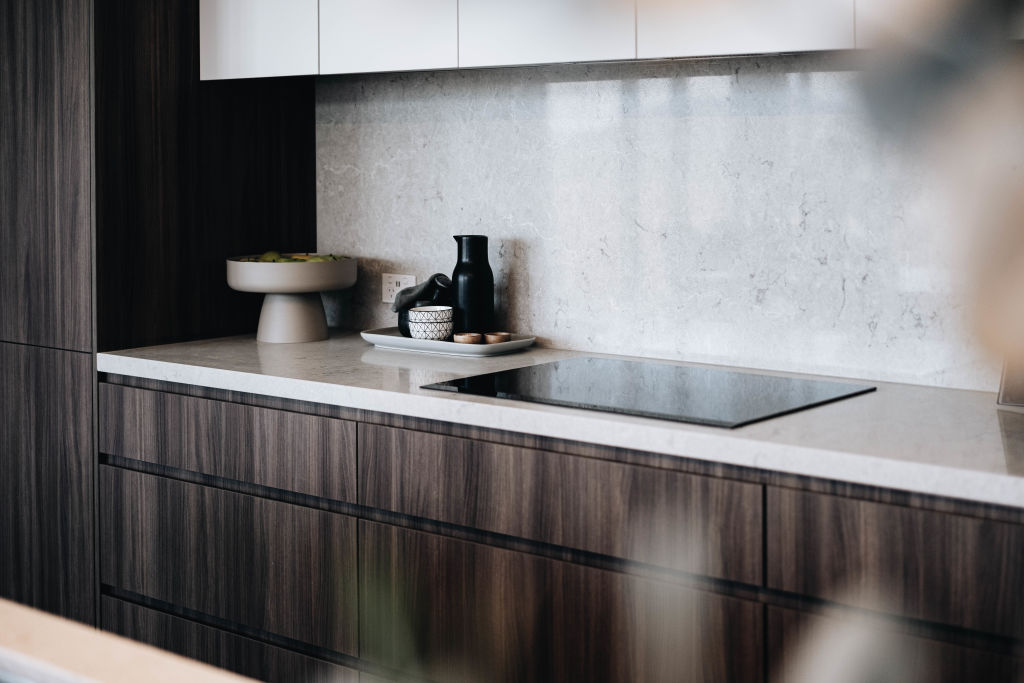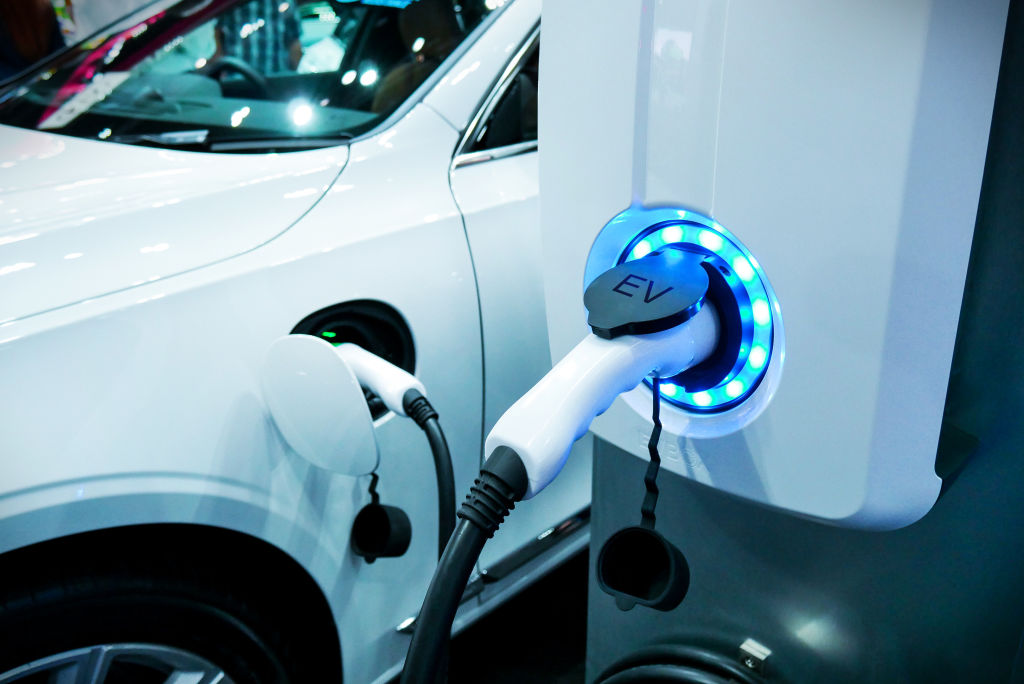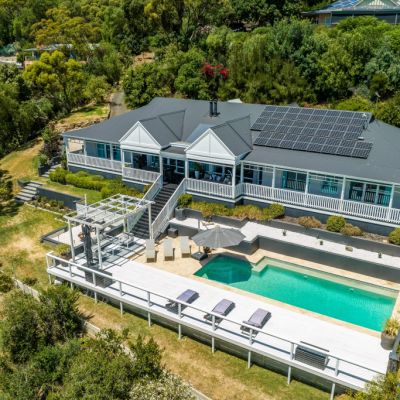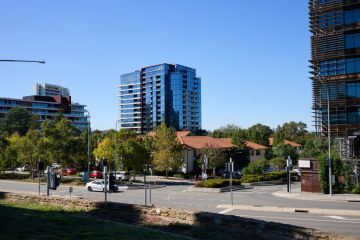Why households need to transition off gas to fully electric homes
Australia is a place known for its natural beauty and vast landscapes rich in natural resources. These resources have allowed our nation to prosper and rapidly develop as a key contributor to global energy supply. In years gone by, this is something we might have gloated about, but not anymore.
Extractive industries have led us to a tipping point that may well see our planet becoming an increasingly hostile environment, and at a rate much faster than originally thought.
This country, rich in its landscape and resources, is also capable of capturing and storing energy from renewable sources – like the sun and wind – that could see us become a world leader in renewable energy production
There’s a lot of debate still raging around the use of renewables and how we power our homes in the future. While natural gas has played a significant role in the energy mix of Australian households for decades, the time has come to seriously reconsider its continued use.
In Victoria, new gas connections will be phased out from January 1, 2024, with all new dwellings that require a planning permit – including houses, apartments, townhouses and residential subdivision builds – unable to connect to the gas network.

The environmental impacts of gas extraction and production are well documented, and the emissions associated with this alone are a compelling enough reason for us all to abandon gas as a fuel source in our dwellings.
Natural gas primarily consists of methane, a potent greenhouse gas that traps heat in the atmosphere at a much higher rate than carbon dioxide. Burning natural gas for heating and cooking releases significant amounts of methane, contributing to our carbon footprint. Gas burning also has an impact on our air quality as it emits pollutants like nitrous oxides and particulate matter, which degrade air quality and pose serious health risks.
If this is what happens to gas burning in general, what happens when we burn it inside our homes?
Using gas appliances like stovetops and ovens can lead to the accumulation of indoor air pollutants, such as carbon monoxide, nitrogen dioxide and benzines. Prolonged exposure to these substances can cause a range of health problems, including headaches, nausea and respiratory issues like asthma. Eliminating gas in our homes will reduce the risk of indoor air-related health problems.
How much does gas cost?
On average, gas users pay over a dollar a day just to be connected to the gas network (that’s more than $365 a year). Natural gas was an energy source made for when gas was cheap and easy to produce, but gas prices have been subject to fluctuations in recent years, causing uncertainty for consumers.
A shift towards renewable energy sources can provide more stable and predictable energy costs for households, especially when you add your own photovoltaic (PV) solar system on your roof.
Is gas energy efficient?
Gas appliances are far less efficient than their modern electric and induction alternatives.
By embracing electric heating (air-conditioners, solar hot water, heat pumps) and cooking options, households can lower their energy bills and reduce their overall energy consumption.

Are renewables a reliable option?
Australia has abundant renewable energy resources in the form of wind, solar, and hydro power. Advancements in renewable energy technologies have made them increasingly accessible and affordable.
By harnessing these clean energy sources, homes can reduce their environmental impact while still enjoying reliable power. The improvements in energy production are clear but we’ve also improved our ability to store this energy.
Battery technology has come a long way in allowing home owners to store excess renewable energy for use during cloudy or windless periods. This enables households to rely less on traditional energy sources like gas and grid-connected electricity.

The electrification of appliances, such as heat pumps and induction cooktops, has become more energy-efficient and cost-effective, meaning electrifying our homes can reduce the demand for gas and reduce its associated environmental and health risks.
There’s no debating we’re at a critical juncture in our energy transition journey. The detrimental environmental, health and economic consequences of continuing to use gas as a fuel source in our homes cannot be ignored. By embracing renewable energy technologies, electrifying homes and implementing supportive government policies, Australia can significantly reduce its carbon footprint and improve the wellbeing of its citizens. The benefits of this transition are clear:
- reduced greenhouse gas emissions
- improved air quality
- enhanced safety
- economic growth, and
- technological innovation
It is time for Australia to take bold steps towards a cleaner, more sustainable future by phasing out gas as a residential fuel source, to not only protect the environment but also to promote the health and prosperity of all Australians for generations to come.
Dean Ipaviz is a qualified builder, project manager and carpenter who’s passionate about the environment, and committed to sustainability and creating awareness of sustainable building practices.
We recommend
States
Capital Cities
Capital Cities - Rentals
Popular Areas
Allhomes
More










